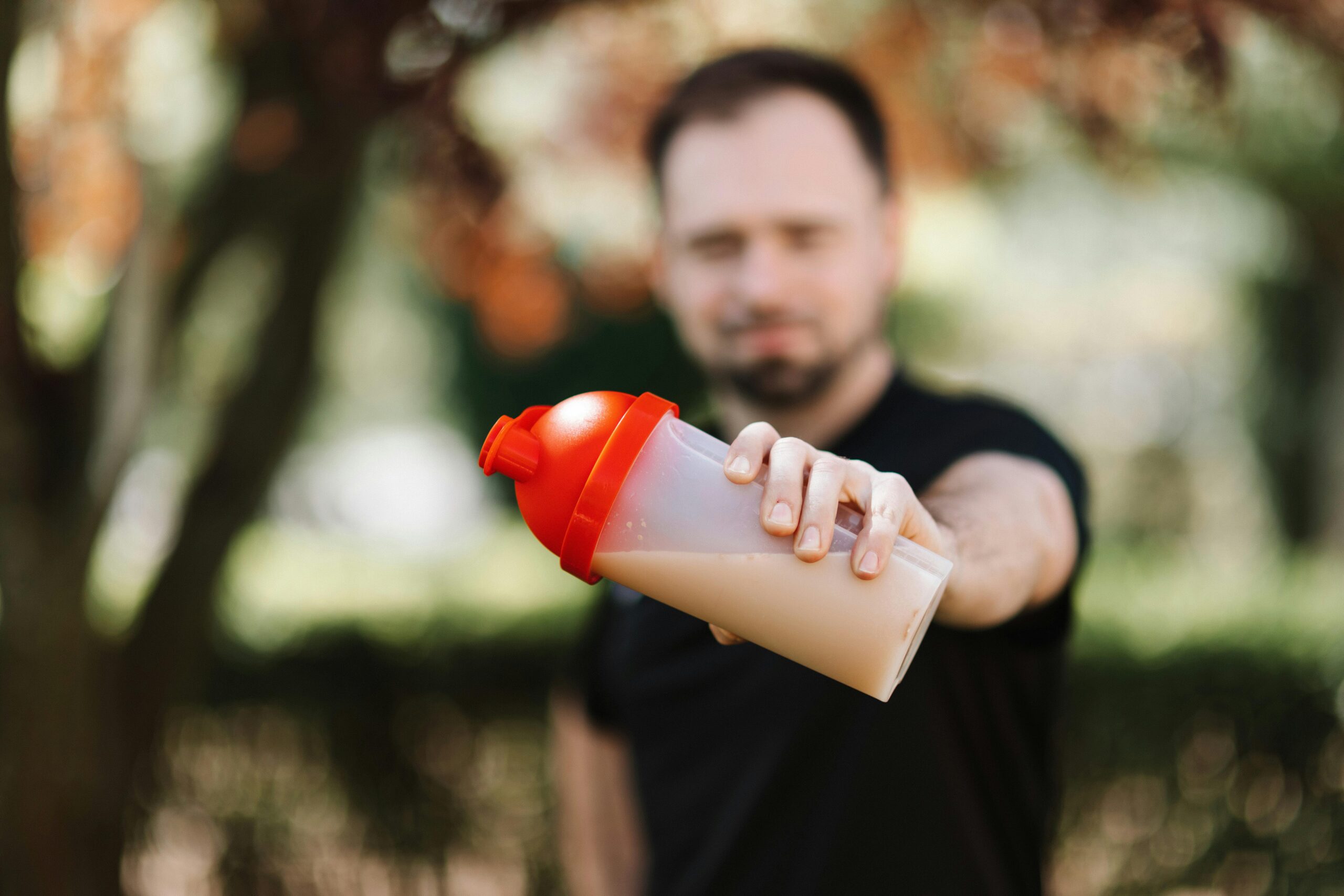The Ultimate Guide to Crafting a Nutritious Protein Smoothie
Protein smoothies have become a staple for fitness enthusiasts, busy professionals, and health-conscious individuals alike. These versatile drinks offer a convenient way to fuel your body with essential nutrients, support muscle recovery, and satisfy hunger cravings. But what separates a mediocre smoothie from a truly powerhouse blend? This article dives deep into the art and science of creating a protein smoothie that’s both delicious and nutritionally balanced. From selecting the right protein source to optimizing texture and flavor, we’ll explore actionable tips, common pitfalls to avoid, and creative ways to tailor recipes to your dietary goals. Whether you’re a gym-goer seeking post-workout recovery or someone looking for a quick, healthy meal replacement, this guide will equip you with the knowledge to blend perfection.
Why Protein is the Foundation of a Great Smoothie
Protein is crucial for muscle repair, satiety, and maintaining energy levels. When choosing a protein powder, consider your dietary preferences and goals: whey protein is a fast-absorbing option for muscle recovery, while plant-based proteins like pea or hemp cater to vegans. For a whole-food approach, Greek yogurt or silken tofu adds creaminess and protein without processed ingredients. Aim for 20–30 grams of protein per smoothie to maximize benefits. Avoid powders with artificial sweeteners or fillers—opt for brands with minimal, clean ingredients.
Essential Ingredients for Balance and Flavor
A well-rounded smoothie includes four key components:
- Liquid base: Almond milk, coconut water, or oat milk adjust thickness and add nutrients.
- Fruits and vegetables: Frozen bananas or berries provide natural sweetness, while spinach or kale boost fiber and vitamins.
- Healthy fats: Avocado, chia seeds, or nut butter enhance creaminess and slow digestion for sustained energy.
- Superfood boosters: Spirulina, cacao nibs, or flaxseeds add antioxidants and micronutrients.
Experiment with ratios to achieve your preferred texture—thicker for bowls, thinner for sipping.
Customizing Your Smoothie for Specific Goals
Tailor your recipe to meet unique needs:
- Post-workout recovery: Combine whey protein with tart cherry juice (to reduce inflammation) and a banana for glycogen replenishment.
- Weight management: Prioritize low-sugar ingredients like unsweetened almond milk, spinach, and a scoop of collagen peptides for hunger control.
- Vegan options: Use pea protein, almond butter, and fortified plant milk to ensure adequate amino acids and B12.
Always pair your smoothie with a complex carb or fat source to avoid blood sugar spikes.
Common Mistakes That Ruin a Protein Smoothie
Even small errors can turn a healthy drink into a calorie bomb. Avoid:
- Overloading with sugary fruits (like mango or pineapple) or sweetened yogurts.
- Using too much liquid, resulting in a watery texture.
- Skipping fiber or fats, which leads to quick hunger resurgence.
- Blending too long—this can oxidize nutrients and create a frothy consistency.
Measure ingredients initially, then adjust based on taste and dietary needs.
Conclusion: Blend Smarter, Not Harder
Crafting the perfect protein smoothie requires balancing nutrition, flavor, and personal goals. By selecting quality protein sources, incorporating diverse ingredients, and avoiding common pitfalls, you can create a drink that supports your lifestyle—whether it’s post-exercise recovery, a meal replacement, or a nutrient top-up. Remember, consistency is key: pre-portion freezer-friendly ingredients for busy mornings. With these strategies, your smoothie becomes more than a trend—it’s a sustainable, delicious tool for better health. Start experimenting, track what works, and enjoy the journey toward a stronger, more energized you.
